Your basket is currently empty!
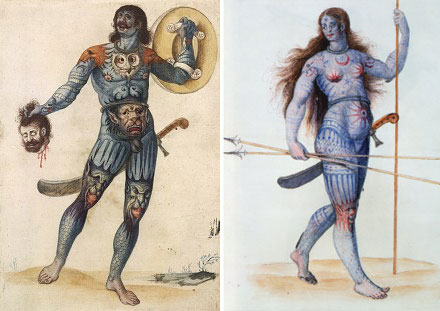
How Tartan is Good for Celtic Identity?
Tartan, plaid, argyle could not be more synonymous with the Celts. Whilst the print has been seen from swords and sandals movies to Braveheart, you may be shocked to hear that Hollywood is not exactly historically accurate and therefor not a valid representation of Celtic culture. However, I for one would argue that tartan has helped Celtic culture immensely.
The Celts Aren’t Just Unique to Ireland, Scotland and Wales
Celtic identity is broad and complex. Keltoi (what the Greeks used to refer to the modern day French and British living west to their territories) became ‘Celtic’ when conquered by the Romans. Did you know the Celts aren’t just unique to Irealnd, Scotland and Wales? We were spread out not only unique to The British Isles but France, the Netherlands, Germany and even the Balkans. However, the Celts are associated with the British Isles due the preservation of Celtic culture despite invasion.
The Celts Wore Patterned Fabrics. Evidence Says It.
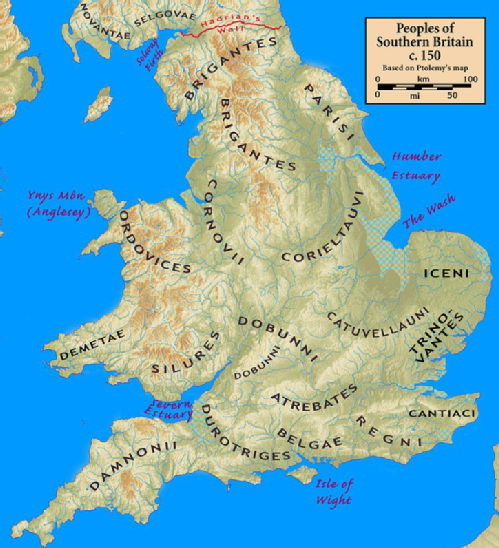
When people think of Celtic people they assume our ancestors were mostly druids, that they wore blue paint on their bodies and that all of them wore tartan. Whilst we do see evidence of beautiful torcs and even woad (the blue paint); whilst patterned cloth has been found in archeological fragments, it’s not the tartan we see today. We also do have some written evidence too. Writer Herodotus wrote how Celts wore patterned fabrics. Another thing to note in evidence in written form such as descriptions can also be iffy. The Celts did not write their own history. It was Julius Caesar and Tacitus who wrote about the Celts and unfortunately those descriptions may come with bias and exaggeration as the Latin writers were at war with Celts.
Invasion on the Celtics

In later history, post Roman empire, Scotland, Ireland and Wales got invaded by many people. Not only by the Vikings but the Normans and the English. However, in the 18th century when the Treaty of the Union was signed in 1709, the idea of Celtic identity was reinvigorated.
The Treaty of Union, ratified in 1707, united the Kingdom of England and the Kingdom of Scotland into a single political entity called the Kingdom of Great Britain, creating a unified parliament and integrating our economies and legal systems in to the United Kingdom.
Whilst the Treaty of the Union was devastating for Scotland it changed the conversation around Celtic identity.
– Moray Luke
(Fashion Designer & Antiquarian Fashion Historian)
One person who sparked this was Edward Lhuyd, a Welsh Scholar who studied the Celtic languages of Gaelic and Cymraeg who categorised Celtic languages into ‘Q Celtic’ (Welsh and Brittany) and ‘P Celtic’ (Scotland and Ireland). Other scholars popularising it were Douglas Hyde, an Irish scholar was one of the founders of the Gaelic League (Conradh na Gaeilge), which aimed to promote the Irish language and Alexander Carmichael, a Scottish folklorist who published vast amounts of Gaelic Folklore.
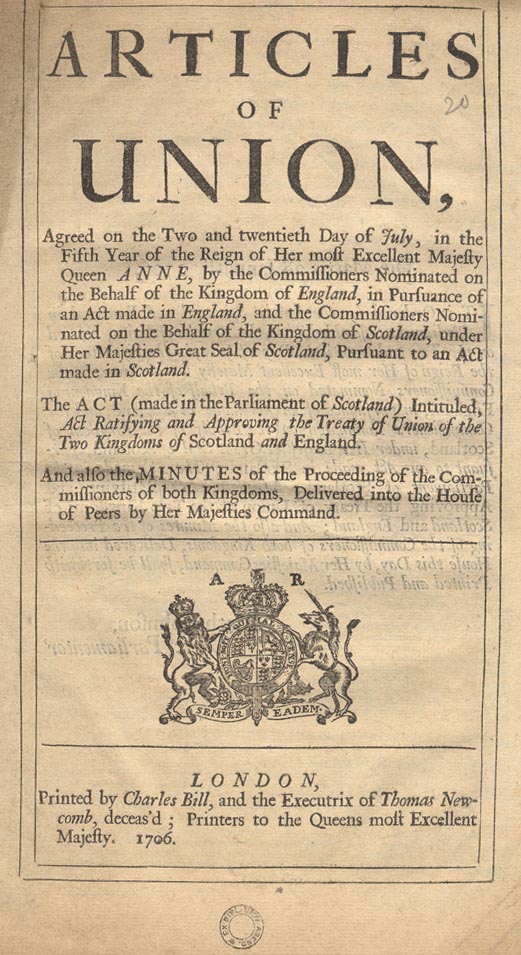
When the Romantic period came, a movement promoting cultural revival and linguistic nationalism, it was Sir Walter Scott who popularised Tartan. A fan of promoting Celtic identity was English Queen Victoria who had a love for Scotland. Romantic era writers like Maria Edgwoth explored Irish identity which slowly set in place the foundation for later Irish nationalist movements which lead to establishment of the Irish republic.
Later in the 20th century, films like Braveheart, which are inaccurate (and very 90s) did coincide with Scottish devolution, wherein the Scottish electorate was asked if they wanted their own parliament after years of English rule. They voted yes. Wales, whilst having a narrower vote, also voted yet establish individual powers. So it could be said that while Braveheart released two years prior, it did bring ideas of Celtic identity to the fore.
Whilst Celtic identity is a hodgepodge of different sources, often stereotyped and satisfied and some written by invaders, it has helped slowly given the primary ‘Celtic’ states a lot more independence and visibility. Long may that continue (writers note: dw’in moyn annibyniaeth)
– Moray Luke
(Fashion Designer & Antiquarian Fashion Historian)
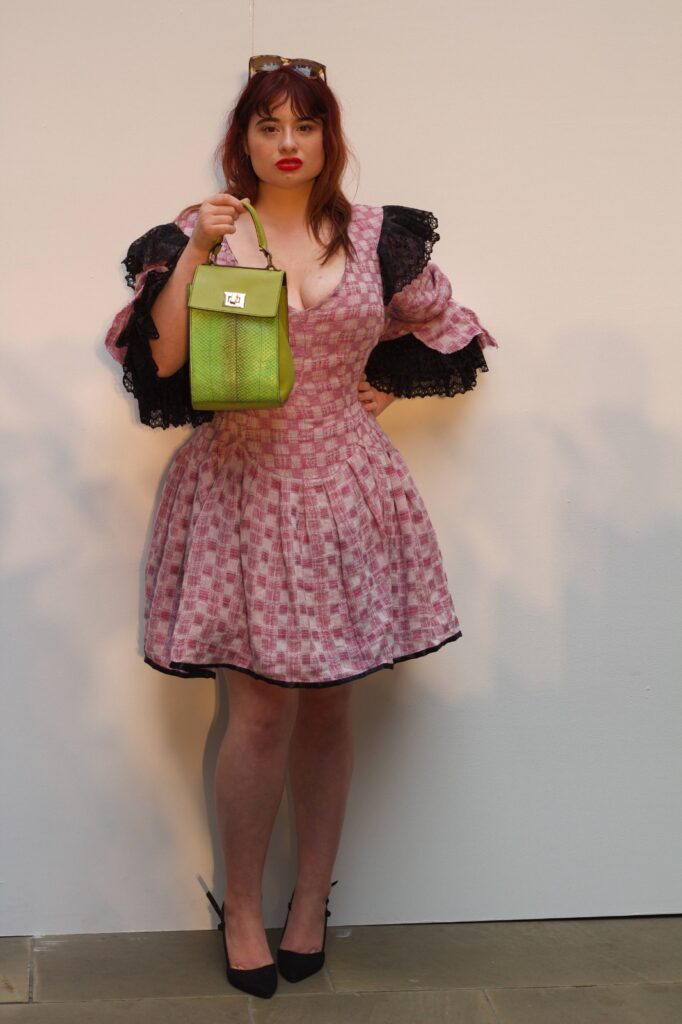
Moray Luke
The writer Moray Luke in a patterned dress, fabric designed with and gifted from Irish Linen company John Fergusons Irish Linen.
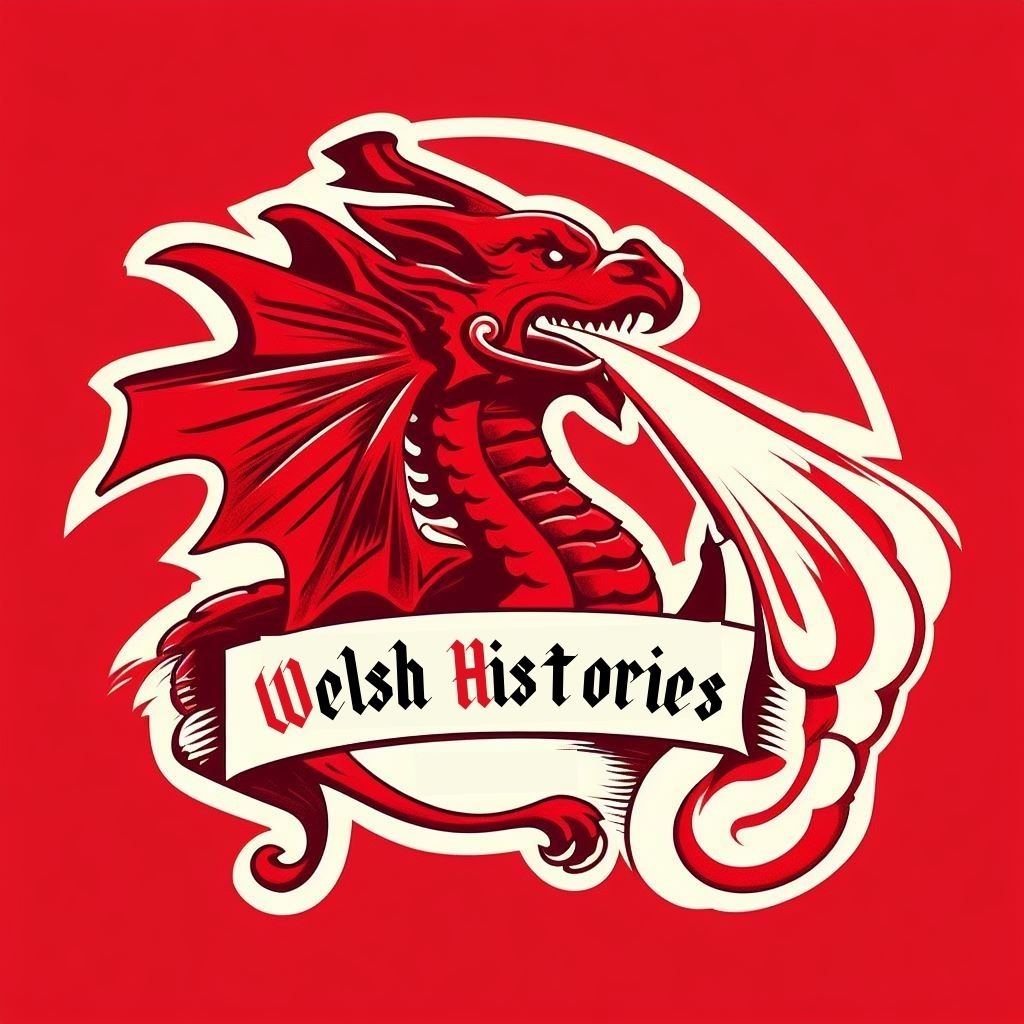

Comments
One response to “How Tartan is Good for Celtic Identity?”
Interesting article, lots of good points made. Freedom for the Celts, we should wear our plaid with pride!